Modern kitchens are inhabited by a lot of household appliances, which help the hostess to quickly cope with the preparation of any culinary masterpieces. And the blender among them takes a deserved place of honor. Appeared about 100 years ago, the simplest device for mixing platens has now become a functional technique capable of working with any products. The possibilities of new blenders continue to expand: now they not only mix, chop and whip, but they also know how to chop ice, cut the food into pieces, knead the dough and squeeze the juice. This small device has the potential of a food processor, but it is superior to its compactness and ease of operation.
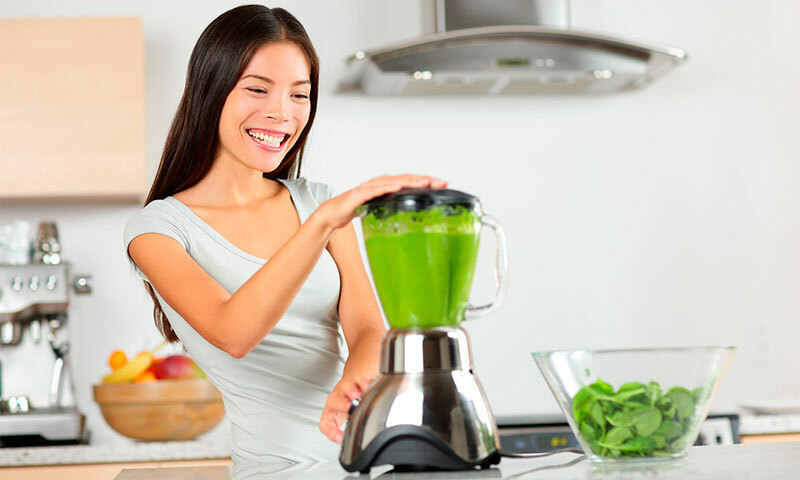
Contents:
- The best blender manufacturers
- The principle of operation and the blender device
- The blending options of
- The blender options
- Which blender to choose
- How much is the blender
The best blender makers - which company to choose
The Russian market has a huge range of blenders of all kinds:European, Asian and even domestic.
For the quality and reliability of the leading household appliances of the following companies:
1. Philips
2. Bosch
3. Braun
4. Bork
5. Kitfort
These brands have the widest range of blenders - for every taste and purse. But all of them invariably differ in good assembly, qualitative and safe materials of manufacture, and also convenient management.
Choose a specific model of these manufacturers you can in our ranking of the best blenders. In the meantime, we offer to get acquainted with the possibilities of modern technology to determine which assistant will bring more benefit in your kitchen.
Principle of operation and blender device
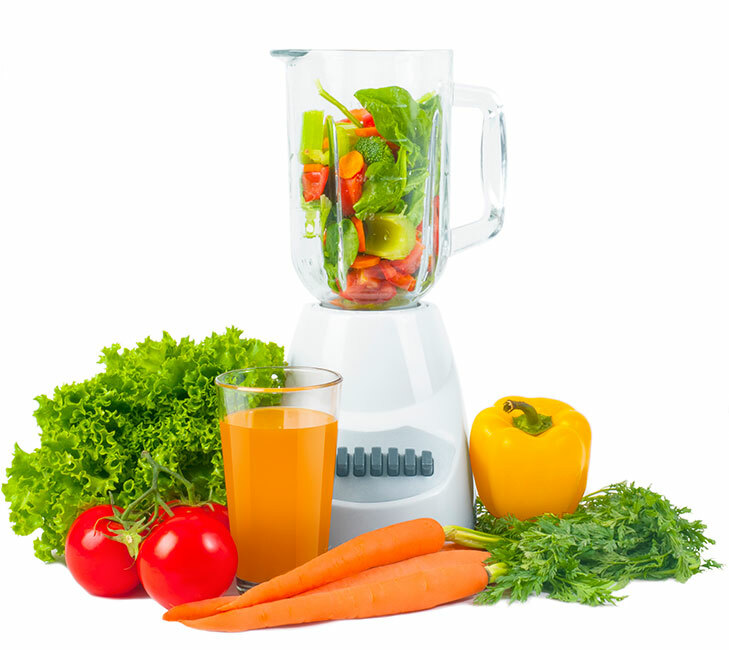
Blender is an electric kitchen mechanism capable of grinding food, preparing cocktails, mashing, whipping mousses and chopping ice. In its case there is a small, but powerful electric motor, which very quickly rotates the shaft with knives-nozzles.
Depending on the design of the device( stationary or submersible), its appearance and configuration may differ. In the first case, the motor is hidden in the desktop case. On top of him, a capacious glass is put on, where grinding knives are already placed on the central axis.
In submersible models, everything is literally turned upside down: the motor is in the body-handle, and already from it falls a leg with sharp blades. Thanks to this design, the bundle of hand blenders is much richer.
Here in addition to standard knives you can already find:
- Corolla;
- Thick spiral hooks for kneading dough;
- Capacity with internal blades, similar to a stationary model - only with top drive.
Types of blenders
We have already become acquainted with the principle of operation of the two main types of blenders. But there are also combined models that combine the capabilities of both devices. These are almost kitchen combines, but not so bulky.
Now let's take a closer look at the peculiarities of all varieties of blenders - after all, each of them has its own sphere of application and works with a certain set of products.
Stationary( desktop)
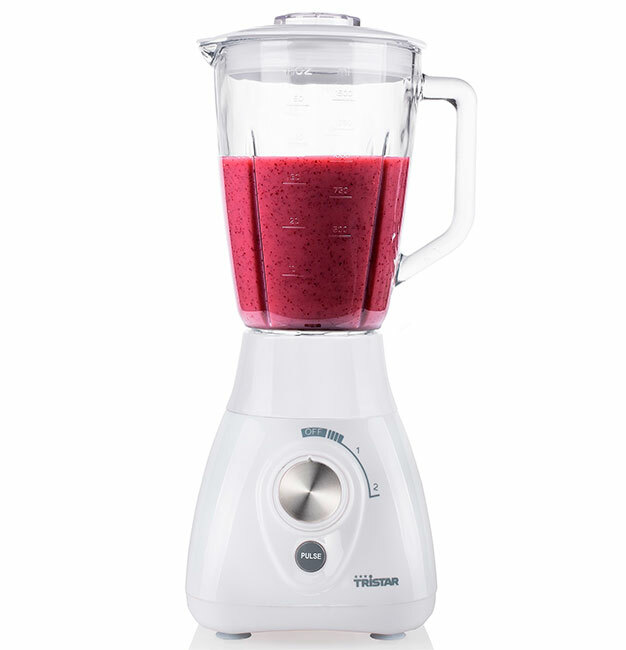
It was with the invention of a stationary blender that the history of this device began. The main purpose of the desktop unit is to mix liquid products( hence its second name "shaker").From the manual it features an obligatory glass with a hermetic lid and knives on the bottom. A set of nozzles intended for grinding and mixing different products is usually attached to the machine.
In the process of working such an instrument requires practically no human intervention. He has no equal in the preparation of cocktails, smoothies, sauces, liquid dough for pancakes and omelets. The hermetic container reliably protects the kitchen walls from splashes, and the high speed of rotation of the nozzles makes it easy to get air foam. However, this does not mean that the mechanism can not cope with a pin of ice, chopping nuts, cookies, meat or fish. A good hospital man can have many useful functions.
Pros:
- Quickly cope with a large volume of products( with an appropriate glass);
- Convenient to use - do not need to keep on weight;
- With self-cleaning function, there is no problem with washing;
- Thoroughly grinds products due to low arrangement of knives;
- Even in low-cost models there may be several speeds;
- Price is lower than submersible models.
Cons:
- Dimensions and heavy weight will force you to search in the kitchen for a separate place for the blender;
- You can not cook several dishes in turn, without washing the glass;
- Poor coping with boiled vegetables;
- No cap head.
Submersible( manual)

These instruments are much lighter and more compact than stationary ones. With them, you can grind food in any convenient container, although many models often come with their own containers with high sides to prevent splashing. Submersible blenders are suitable for grinding fresh and boiled fruits, vegetables, mashed potatoes and mousses in a small amount. A nozzle-corolla turns the unit into a full-blown mixer.
Pros:
- Compact size and light weight;
- The ability to grind food in any bowl;
- Suitable for preparing baby food in small portions;
- Easy to clean;
- Simplified management;
- Relatively low price.
Cons:
- During work, you have to keep the blender on weight;
- Poorly copes with the crushing of solid products( ice, nuts);
- Low power;
- Short cycle of operation( after 20-30 seconds a pause is necessary).
Combined( universal)
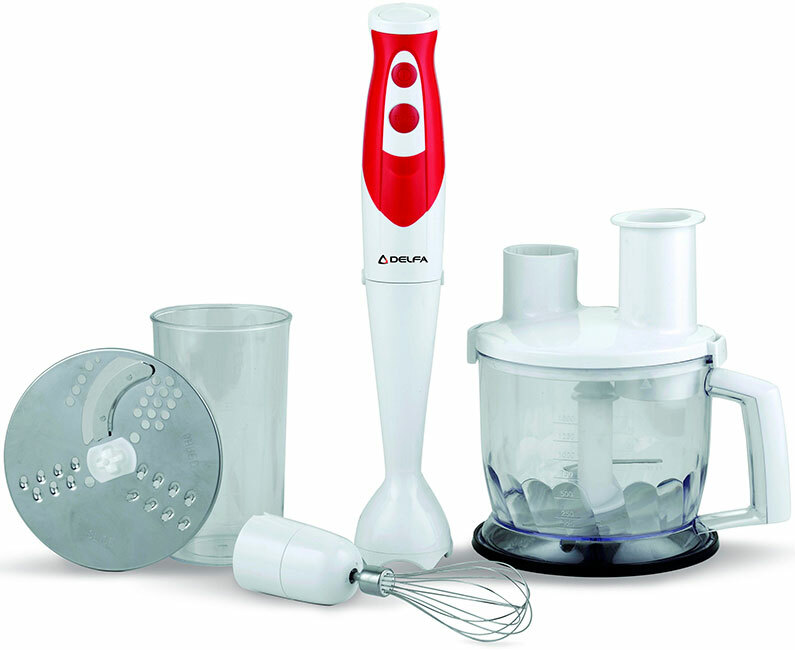
Such models include a shaker( often several - of different volume), in the lid of which you can install a submersible blender and many different attachments for grinding, whipping and rubbing. If necessary, the hand-held device is used as an independent device.
Combined blenders often come with additional vacuum cups, through the lid of which a special pump picks out the air. As a result, the products in the glass are stored longer. The universal mechanism knows everything that stationary and submerged blenders are capable of: grinding, mixing and whipping.
Pros:
- Completely replaces stationary and submerged blender;
- A rich set of baits in the kit;
- There is a vacuum pump and the corresponding containers for storage of products;
- Smaller and easier to maintain than a food processor.
Cons:
- Compared with other blenders, it is quite bulky;
- Very expensive.
Blender selection parameters
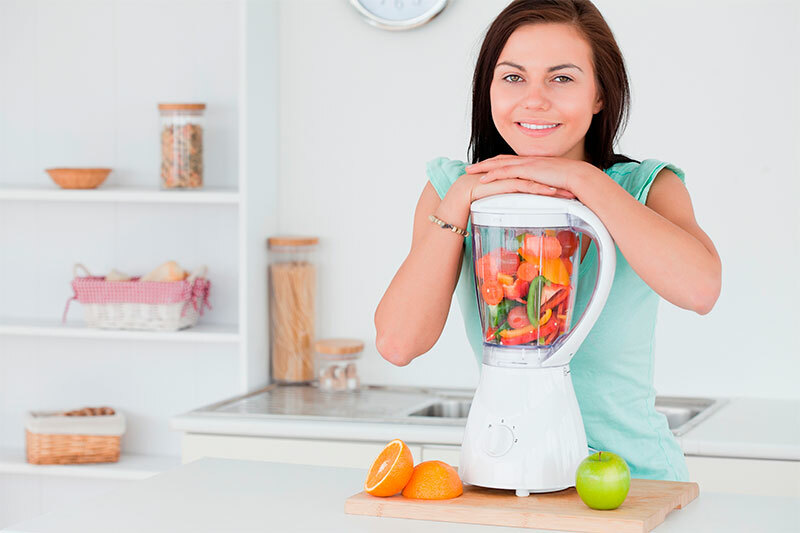
To buy a quality blender that will easily cope with your kitchen work, meet your needs and conscientiously serve for many years, it is necessary to pay attention to the following parameters:
Unit power and the number of speeds
The quality of the grinding depends directly on the power of the deviceand cooking time. The same indicator affects the functionality of the device.
In stores you can find units with a range of capacities from 200 to 2000 W:
1. For preparing cocktails or a mixture for an omelette, a minimum power of 250 watts is usually enough.
2. The grinding of solid and frozen products will require at least 600 watts.
3. Only an aggregate producing from 1 kW can cope with a large volume of ingredients.
High-power blenders, as a rule, have several speeds( up to 24), which allows you to choose the best mode for each type of product. However, you should not chase the redundant functionality - for everyday use, any hostess will have enough and 5 speeds. But pay attention to the ways of adjusting them: smooth switching of modes is more convenient and more comfortable step.
If you cook a lot and often with a blender, you will like other functions. For example, turbo mode will allow for a short time to increase the speed of rotation of the knives. A pulse will give an opportunity to control the degree of grinding at the moments of engine stop.
Some models of submersible blenders can be wireless and run on batteries. However, for mobility and independence of the location of the outlet will have to pay a reduction in power( up to 180-400 W) and a large weight. Such a device is worth choosing if you are preparing simple meals in small portions.
Material of construction
The housings of immersion and stationary blenders are made of stainless steel or plastic. Metal is durable and better than plastic, but much more expensive and heavier, which should be taken into account when buying a manual model. Nevertheless, the submerged leg should ideally be steel - this will allow you to work not only with cold, but also with hot dishes( for example, when cooking soup-mashed potatoes).
For the hospital staff, the material of the bowl is more important. And although the glass is quite fragile, and the replacement of a glass is not cheap, it is better to give it to him. Plastic containers are not so eco-friendly, they are easily scratched, painted with products and can also crack when grinding solid ingredients.
Volume of the bowl
This parameter is important when buying a stationary unit. Here you have to build on the appetites of your family and the number of liquid dishes that you will prepare in a blender. On sale it is possible to find glasses from 0,3 to 2 liters. But remember that the useful capacity will always be lower than stated - about 200-300 ml for large bowls and 50-100 for compact ones.
Noise level
A too loud engine sound can cause considerable discomfort, especially if your kitchen is combined with a living room. The maximum permissible noise level of the household appliance is 70 dB, but it is better to find something quieter.
When buying a device, be sure to ask the seller in the store to include the selected model and listen to whether the sound of the working mechanism is acceptable for you. And families with young children and do have to look for silent units, where the engine is closed with soundproofing gaskets.
Complete
Inexpensive models of blenders are often completed with only the main knives-shredders. Multifunctional devices from solid manufacturers can boast a much richer set of attachments. All of them significantly expand the capabilities of even the simplest blender, but at the same time increase its cost( barely).So here it makes sense to pay, but to purchase the device with the maximum number of useful attachments.
Manufacturers offer and other additional devices complete with a blender - their main task is to make working with the technique more convenient.
Additional useful elements of the blender are:
- Stand or wall mount for storing a submersible blender;
- Measuring cup for precise dosing of components;
- Vacuum system - for stationary models.
Which blender to choose

Before choosing a blender, make a list of all the dishes that are in your family menu, as well as a list of equipment already in the kitchen that performs similar tasks.
1. If your home already has a mixer, a powerful electric meat grinder or a whole food processor, you do not need to buy a high-end multifunctional device with a bunch of baits.
2. For those who like to make cocktails, smoothies, soups, puree, nut cream and liquid dough, a powerful stationary blender with a large bowl( 1.5-2 liters) and an obligatory self-cleaning function is suitable.
3. For the preparation of baby food, homemade mayonnaise, whipped mousse and chopped boiled vegetables, it is better to choose an immersion blender with a capacity of at least 600 W.It should have a comfortable rubber grip and a metal leg.
4. The combined model will please the hostess, who loves cooking a lot and diversely, but has not yet acquired electric kitchen helpers. A universal blender will replace most of the necessary appliances, though it takes a lot of space on the table.
5. The wireless device will be indispensable if the power outlet is far from the desktop or you often have light outages.
How much is the blender

1. Stationary blender for mechanical control can be bought at a price of 700 to 50 thousand rubles, on the electronic - from 1500 to 70,000.
2. Submersible units are sold much cheaper. Their cost fluctuates between 300 and 20000 rubles, depending on the capacity and fame of the manufacturer.
3. On wireless models, the price is slightly higher - from 1 to 24 thousand.
4. The most expensive is a combined blender - for it you have to give no less than 7000 rubles.


